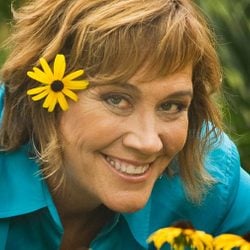Grow Disease-Resistant Plants for a Fuss-Free Garden
Updated: Feb. 16, 2024
Stack the odds in your favor by planning ahead and choosing disease-resistant plants. They're as breathtaking as they are tough!
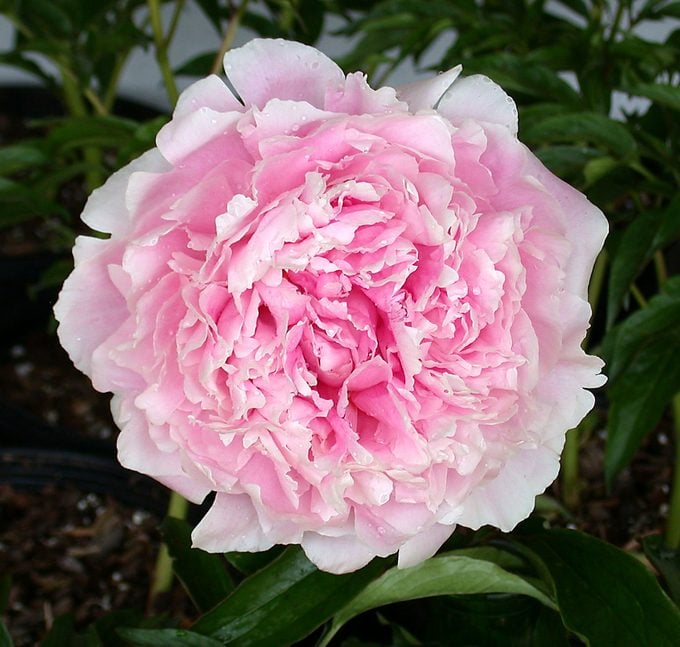
In spring you found yourself wandering the aisles of your favorite nursery in hopes of replacing that sickly rosebush you pulled from the garden late last fall. That’s when you saw it: a robust beauty with emerald-green foliage and a bounty of bright pink blooms. It’s picture-perfect. Fast-forward to a beautiful summer day a few months later. You’re weeding the garden. And that’s when you see them: black spots covering your once-perfect rosebush. Oh, no, not again! To make sure this doesn’t happen to you, choose disease-resistant plants.
On This Page
Disease-Resistant Plants Save Money
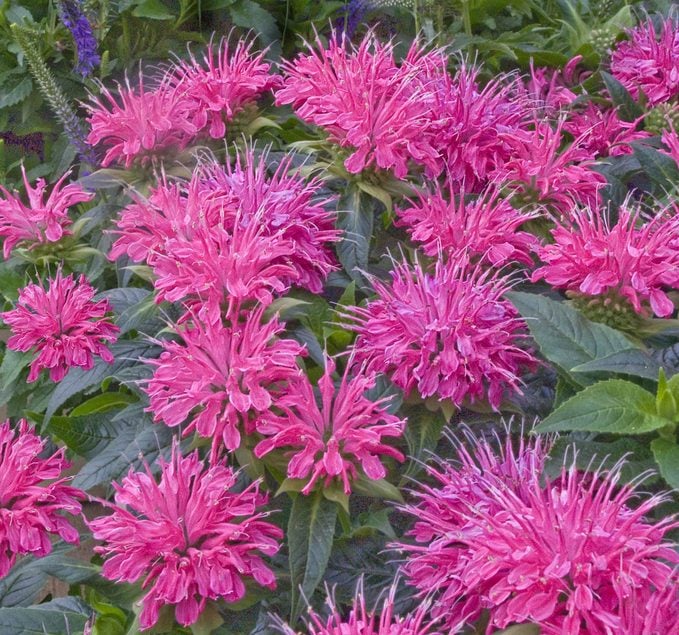
Now, if you’d planted a Knock Out rose instead, you probably wouldn’t be in this predicament. Why those? Because those cultivars are disease-resistant, friend. That means no baby-sitting and no black spots.
Selecting disease-resistant plants is undoubtedly one of the smartest things you can do when planning or freshening up your garden. Janna Beckerman, a professor of plant pathology at Purdue University, explains why.
“Plants are selected for a variety of reasons,” Janna says. “Unique flower color, floriferousness and the ability to rebloom are the most obvious. Yet another important but often overlooked trait is disease resistance. A disease-resistant plant is naturally less susceptible to pesky diseases and fungi like leaf spot, blight, gray mold, powdery mildew and rust. These plants are an investment that pays for itself. It also allows you to minimize your use of pesticides.”
So what plants tend to be the most vulnerable to disease? “Crabapple, roses, azalea, boxwood, hollyhock, peony, phlox, bee balm, annual and perennial geranium, impatiens, begonia—I could keeping going,” Janna says.
New Varieties Are Bred to Be Fighters
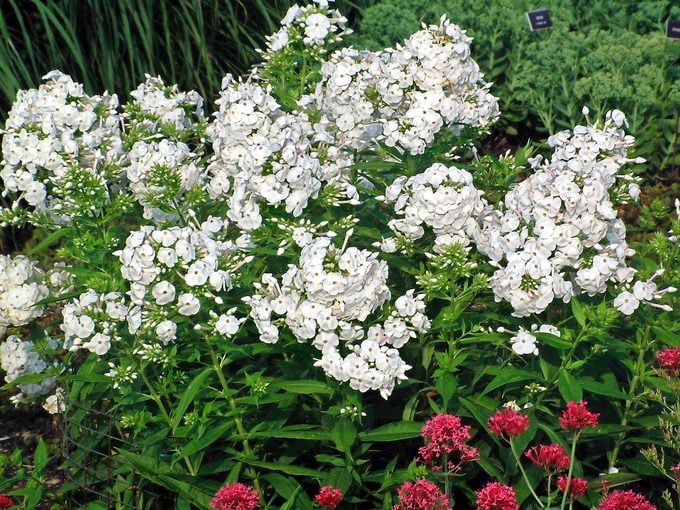
Plant breeders cultivate new disease-resistant offerings by selecting and crossbreeding plants with the traits they’re looking for. Breeding a modest parent plant that is genetically more resistant to disease with a vivacious partner that is known for its big blooms or gorgeous color creates a new variety that boasts the best of both worlds.
Luckily for us gardeners, disease-resistant plants aren’t hard to find. Many growers now market them this way, just as they do plants that attract wildlife or tolerate drought. If you still can’t find what you’re looking for, consider joining one of the many online garden forums on the subject, or check with the experts at your local extension office.
A few of Janna’s personal favorites that work especially well in her neck of the woods (and should thrive throughout the Midwest and Northeast) include Adirondack crabapple, Jacob Cline bee balm, David phlox and both the Pavement and Canadian Explorer series of roses.
Location and Climate Matters
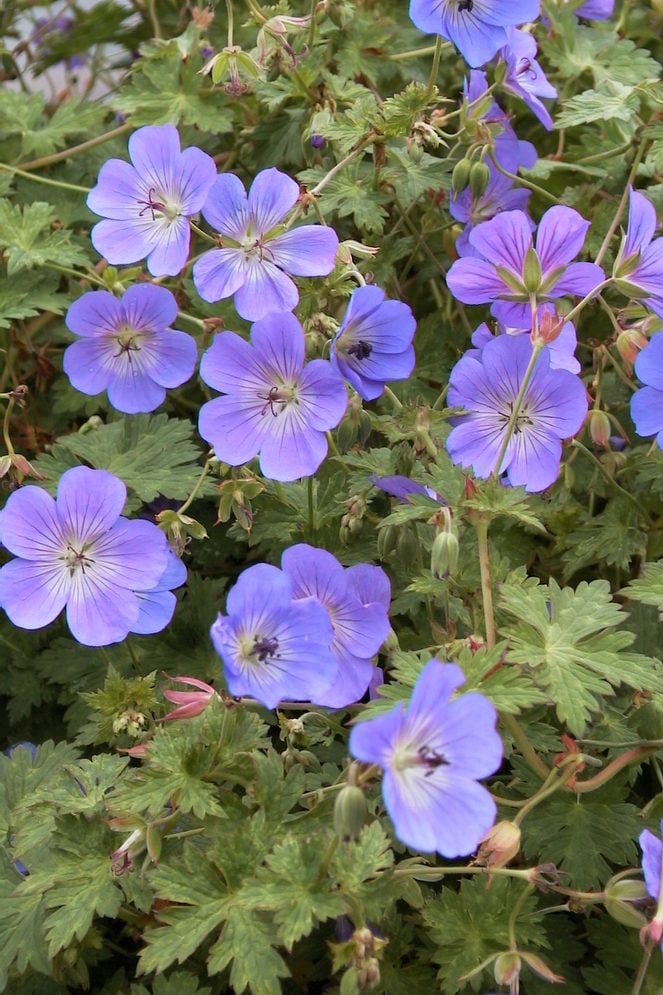
Just as getting enough sleep and exercise help keep human bodies healthy to fight off disease, so do good gardening habits work to keep your plants strong and resilient. The truth is that no plant is 100 percent immune to all disease.
“Sometimes a variety that is resistant in one part of the country could succumb to disease in another area, where the disease pressure is worse because the climate is wetter or warmer,” Janna says. “Also, evolution takes place in the garden, just as it does in the outside world, and pathogens can evolve to attack plants that previous generations of disease strains could not.”
Janna also notes that geography can mean a lot. For instance, when she goes to California, she notices that the roses have rust problems not common in the Midwest—though Californians don’t have to battle black spot as much.
Check out the most common plant problems and how to solve them.
Healthy Plant Dos and Don’ts
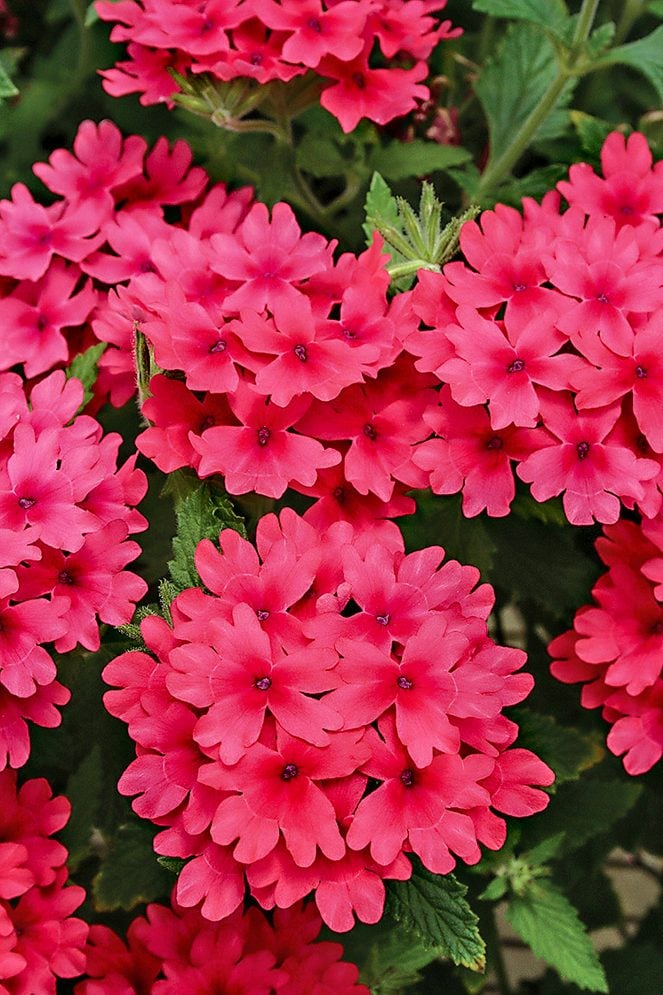
Now that you know the benefits of disease-resistant plants, there are a few final things to consider before digging in to your flower bed. By following these tips, you’ll be well on your way to a disease-free garden.
- DO select plants that thrive in your zone. Otherwise, stressful conditions weaken their performance and make them more susceptible to problems.
- DO plant the right plant in the right site, according to its light requirements.
- DON’T crowd your plants, and DO maintain good weed control. Good airflow is critical.
- DO pay attention to the plant’s water requirements. Growing bee balm in a dry site makes it susceptible to powdery mildew, while growing iris in a wet area predisposes it to root rot.
- DO water in the morning when the foliage has all day to dry, and DON’T water overhead, which can splash soil—where nasty stuff lurks—onto the foliage.
- DON’T overfertilize. People view fertilizer like vitamins—something that keeps living things healthy. But too much can be a bad thing, which can actually make plants more susceptible to disease.
Learn how to manage aster yellows disease and other coneflower problems.
Best Disease-Resistant Plants to Grow
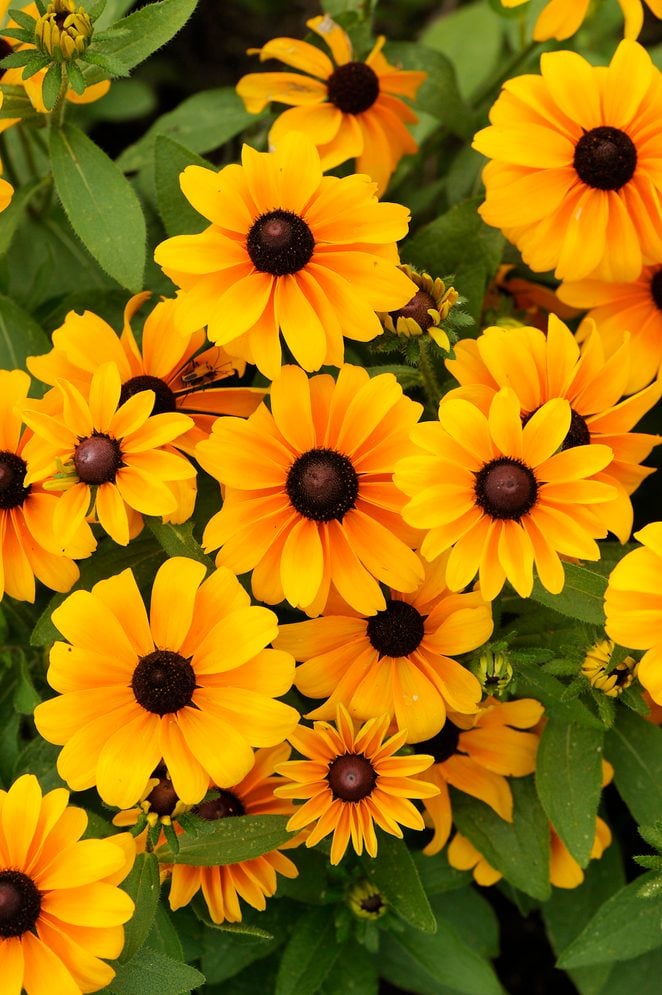
- New England Aster – Harrington’s Pink, Honeysong Pink, Purple Dome
- Azalea – Darlin’s Dream, Flame Creeper, Sautee Sunset
- Bee Balm – Jacob Cline, Pardon-My-Pink, Gardenview Scarlet
- Begonia – Duarten, Marion Louise, Pauline, Peace, Vesuvius
- Perennial Geranium – Alan Bloom, Buxton’s Blue, Biokovo, Rozanne
- Impatiens – Beacon, New Guinea
- Peony – America, Sarah Bernhardt, Scarlet O’Hara
- Garden Phlox – David, Laura, Robert Poore
- Rose – Blaze of Glory, Golden Showers, Heart Song, Knock Out, Olympiad, New Dawn
- Rudbeckia – Cherry Brandy, Tiger Eye Gold
- Speedwell – Icicle, Crater Lake Blue, Sightseeing
- Verbena – Aztec Dark Red, Coral, Empress Strawberry, Rapunzel Lilac
About the Expert
Janna Beckerman is a professor plant pathology in the department of biology at Purdue University. Research in her lab has focused on the biology and management of apple diseases, as well as improving fungicide efficacy in horticultural crops.
Why Trust Us
For nearly 30 years, Birds & Blooms, a Trusted Media Brand, has been inspiring readers to have a lifelong love of birding, gardening and nature. We are the #1 bird and garden magazine in North America and a trusted online resource for over 15 million outdoor enthusiasts annually. Our library of thousands of informative articles and how-tos has been written by trusted journalists and fact-checked by bird and garden experts for accuracy. In addition to our staff of experienced gardeners and bird-watchers, we hire individuals who have years of education and hands-on experience with birding, bird feeding, gardening, butterflies, bugs and more. Learn more about Birds & Blooms, our field editor program, and our submission guidelines.

